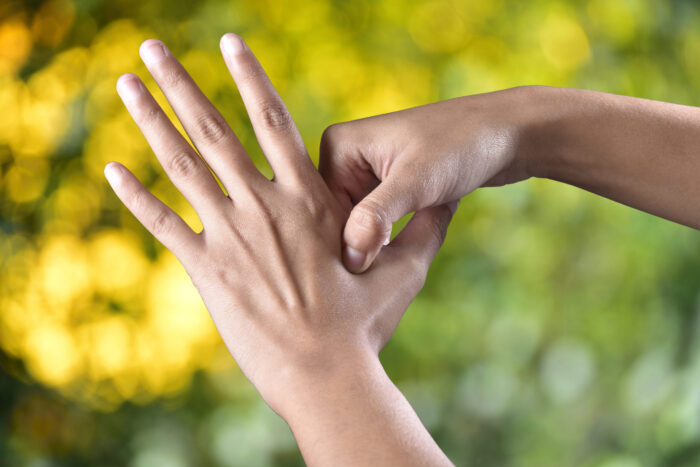
What is Health and Wellness Coaching?
Health and wellness coaching is a structured partnership where coaches work closely with clients to enhance health and wellness through lasting behavior changes that are aligned with the client’s values. A health and wellness coach holds a respectful, positive, and supportive space for their clients. A recent article from Harvard Medical School entitled “Health coaching is effective. Should you try it?” shares how a Harvard Physician, Dr. Grinspoon, found that health and wellness coaching has helped people attain health goals that had previously been out of their reach. Dr. Grinspoon listed Duke Integrative Medicine as one of top four most respected training programs in the country. I received my foundational and certification training from Duke Integrative Medicine, and I agree that is a top-notch program.
How does it work?
It all starts with you, the client. You’re probably reading this blog because you are interested in making a change in your life to improve your health and wellness. Has there been a behavior or part of your life that you have wanted to change, but you haven’t had the tools to be successful? Has a health concern has arisen that you need to address? A coach will help you develop and realize your optimal health vision. You are the expert on yourself and your life, and the coaching partnership focuses on making and supporting meaningful changes that will work specifically for you and your unique needs.
Why is it effective in helping people realize their optimal health and wellness?
The coaching partnership is based on respect, non-judgement, and accountability. The coaching methodology I learned through the coaching program at Duke Integrative Medicine is based on the neuroscience of behavior change. This is a very motivating and empowering process for creating lasting change.
Specifically:
- Coaches work with you as a whole person. They listen to your concerns and ask powerful questions to help motivate you to make the changes you desire.
- Coaches spend time exploring what is most important to you in your overall health and wellness and allow you to choose your course of action.
- Coaches guide you through a process to maximize your success.
- You and your coach work in partnership to identify obstacles to change and create strategies for achieving your goals.
- Coaches support you in tracking your progress and hold you accountable for your commitments.
- Coaches provide additional resources as needed for making healthy behavior changes.
What are appropriate topics for health and wellness coaching?
Health and wellness are affected by multiple interconnected dimensions. These dimensions include physical, mental, and spiritual well-being, as well as support from healthcare providers. Any concern that gets in the way of taking care of your optimal health and wellness is the perfect place to start. Therefore, any topic you want to bring up that you think will contribute to your optimal health and wellness is an appropriate topic for health and wellness Coaching.
Here are some examples of potential topics:
- Managing stress and anxiety
- Building healthy sleep habits
- Achieving and maintaining a healthy weight
- Improving nutrition
- Starting or adapting an exercise program
- Making a career change
- Pursuing an unachieved life goal or hobby
- Creating a healthy and safe home or work environment
- Navigating difficult relationships
- Planning preventative and routine medical care
- Quitting smoking
- Working through a health concern like diabetes, high blood pressure or high cholesterol
This is just a taste of some of the things that can be covered in health and wellness coaching. Whatever matters most to you is the best place to start.
Want to learn more about how Health and Wellness coaching can help you? I’d love to hear from you. Reach out and email me through our website or call or text 910-622-4269.
About the Author
Ericca Burke is a Health and Wellness Coach trained by Duke Integrative Medicine. She is based in Wilmington, NC, and she is available to coach clients around the world virtually. Click this link to read more about Ericca.
